The first photo of the Moon's surface was captured by an Indian spacecraft after the Vikram lander successfully landed at 7:34 p.m. on August 23 (Hanoi time).
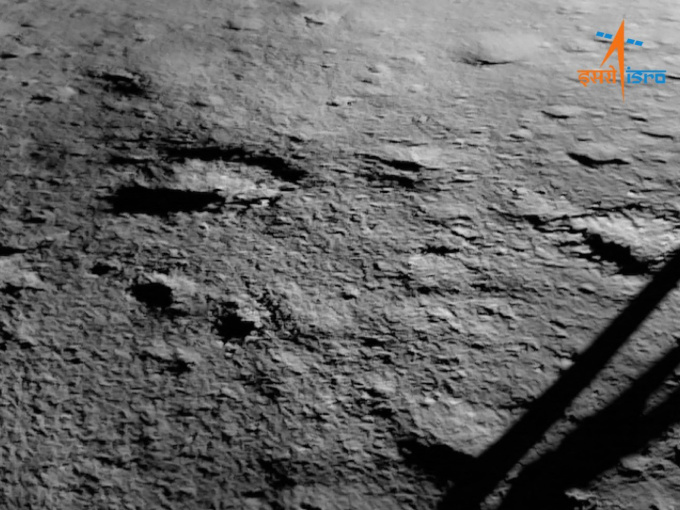
A view of part of the landing site of the Vikram lander on the Moon. Photo: ISRO
This image taken by the Landing Imager Camera shows part of the landing site for the Vikram lander. The lander chose a relatively flat area on the lunar surface, according to the Indian Space Research Organisation (ISRO).
Hours after Vikram landed, ISRO announced on Twitter that the lander had established contact with ISRO's Mission Operations Center (MOX) and Telemetry, Tracking and Command Network (ISTRAC) in Bengaluru, Karnataka, southern India. The organization also shared new images of the lunar surface taken by Vikram's Lander Horizontal Velocity Camera during its descent to the landing site.
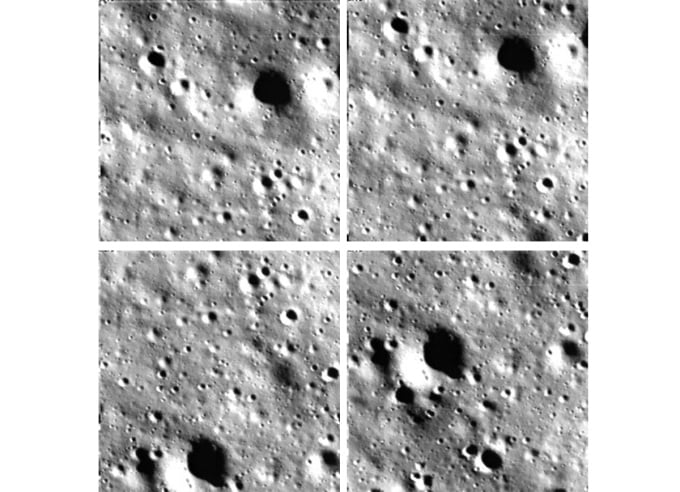
The Vikram lander takes pictures of the lunar surface during landing. Photo: ISRO
Earlier, at 7:14 p.m. on August 23, ISRO activated the automatic landing mode to bring the Vikram lander to the Moon. There was no intervention from the control station on Earth when the automatic landing mode took place. The lander began the landing process at 7:15 p.m., then gradually reduced its altitude to gently touch down near the Moon's south pole. The final minutes of the Moon landing were called "15 minutes of terror".
The landing speed was 2 meters per second below the target, which gives great hope for future missions, according to ISRO chairman S. Somnath. He said the next 14 days of experiments conducted by the lander's instruments and the rover will be very interesting.
Vikram is about 2 meters tall and weighs more than 1,700 kg, including the 26 kg Pragyan rover it carries. Most of Vikram's mass is propellant. Vikram and Pragyan are solar-powered and have an expected mission duration of one lunar day (about 14 Earth days), before the dark and cold lunar night exhausts their batteries. The duo will conduct a variety of experiments, such as spectroscopy analysis of the mineral composition of the lunar surface.
Vikram carries four sets of scientific instruments, including a thermal probe that can penetrate about 10 centimeters into the lunar soil and record the temperature of the soil throughout the lunar day. The lander also has a retroreflector, which is expected to remain in use long after the lander is decommissioned. Meanwhile, the robot Pragyan carries the Laser Emission Spectrometer (LIBS) and the Alpha Particle X-ray Spectrometer (APXS) to study the lunar soil.
The success of Chandrayaan-3 made India the fourth country in the world to land on the Moon’s surface, after the Soviet Union, the United States and China. The mission also made India the first to land near the Moon’s south pole, which has attracted much interest due to the possibility of water ice, which could be used as a propellant or to sustain life. This area is also considered more difficult to land than areas near the equator due to technical issues related to lighting, communications and terrain.
Thu Thao (According to Space )
Source link


![[Photo] Prime Minister Pham Minh Chinh meets with King Philippe of Belgium](https://vstatic.vietnam.vn/vietnam/resource/IMAGE/2025/4/1/be2f9ad3b17843b9b8f8dee6f2d227e7)
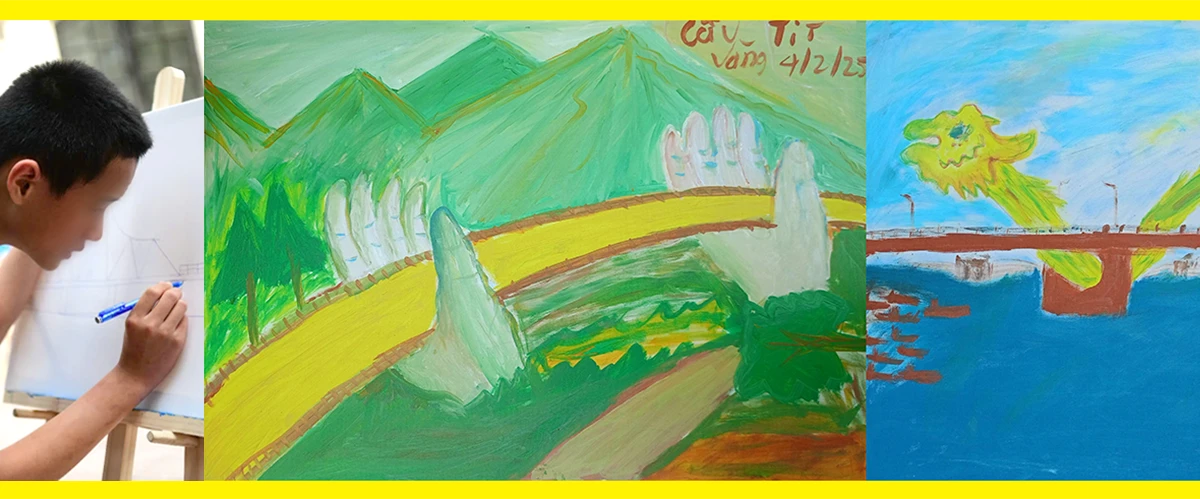

![[Photo] Close-up of Vietnam's sniffer dog team searching for earthquake victims in Myanmar](https://vstatic.vietnam.vn/vietnam/resource/IMAGE/2025/4/1/d4949a0510ba40af93a15359b5450df2)
![[Photo] General Secretary To Lam receives King Philippe of Belgium](https://vstatic.vietnam.vn/vietnam/resource/IMAGE/2025/4/1/e5963137a0c9428dabb93bdb34b86d7c)
![[Photo] President Luong Cuong and King Philippe of Belgium visit Thang Long Imperial Citadel](https://vstatic.vietnam.vn/vietnam/resource/IMAGE/2025/4/1/cb080a6652f84a1291edc3d2ee50f631)
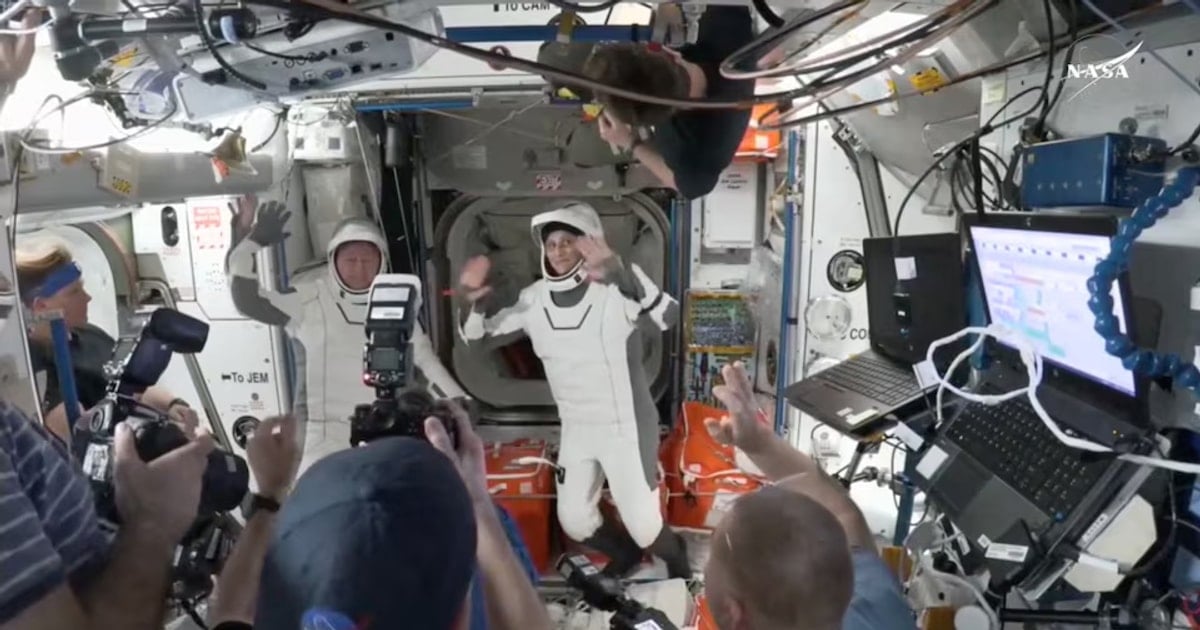



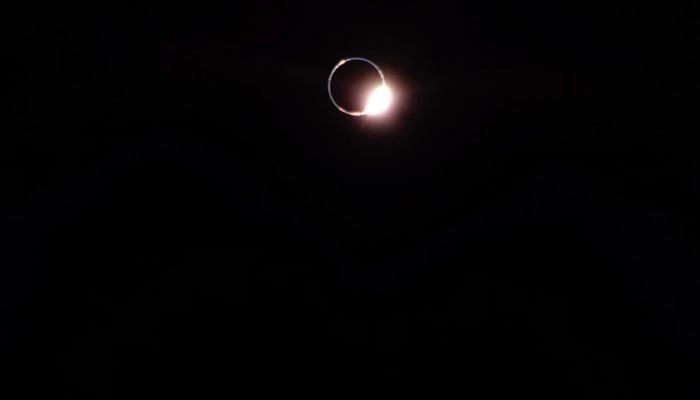

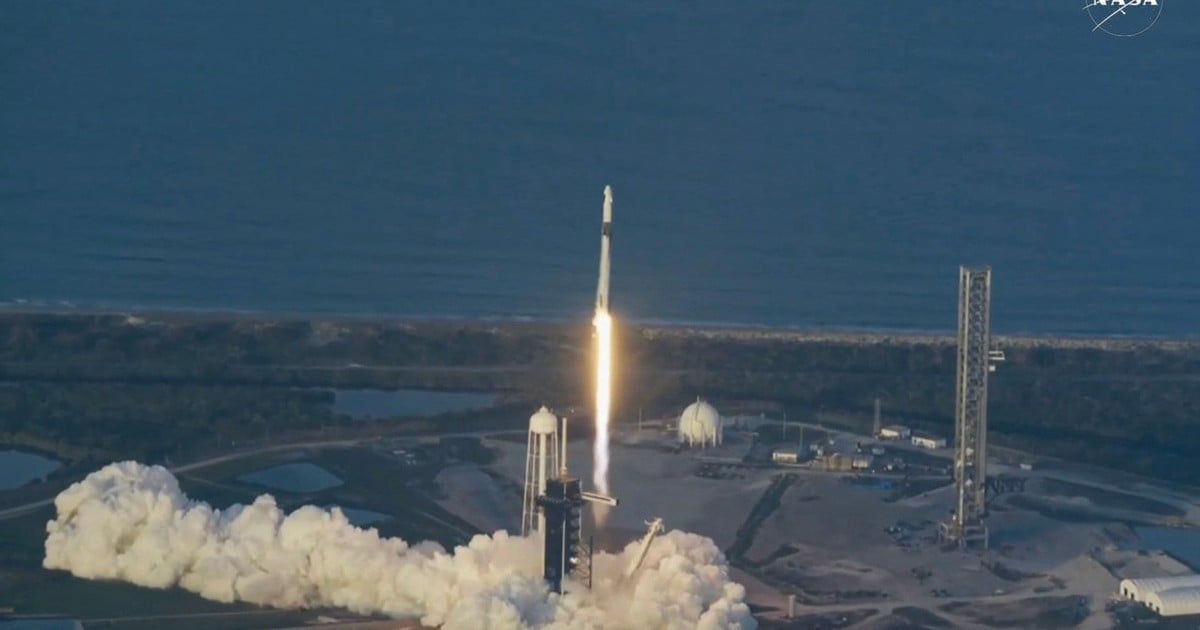

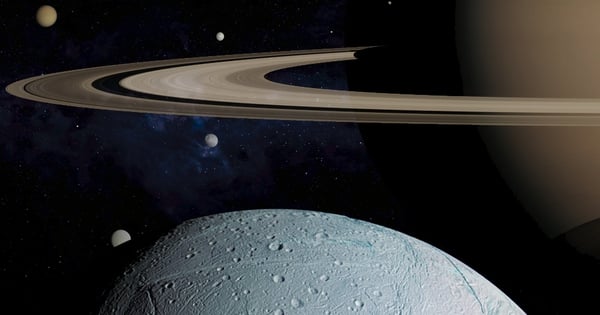
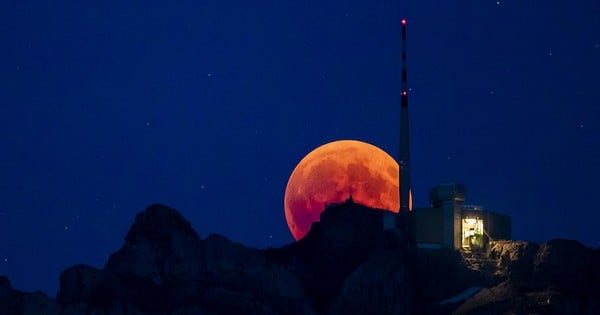

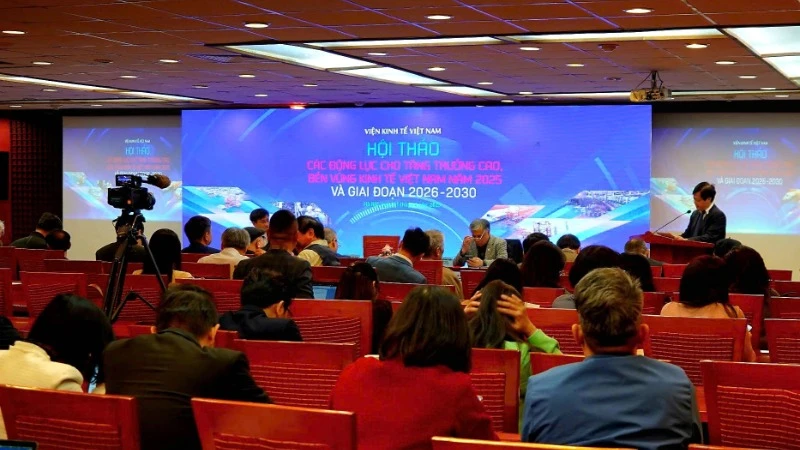

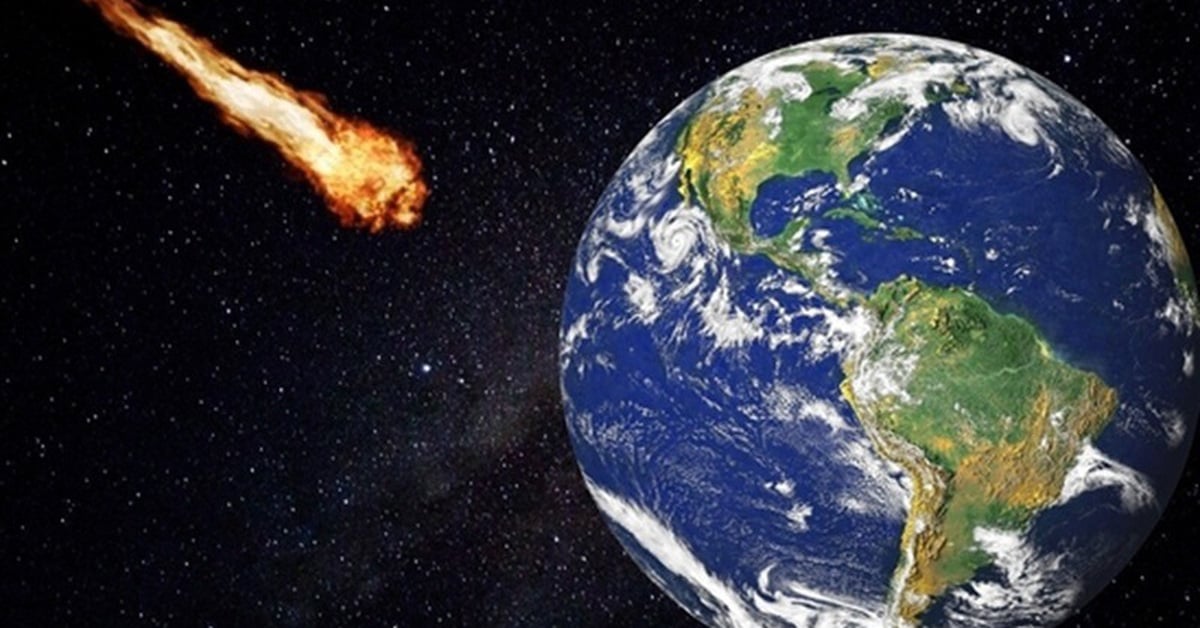












![[Photo] Myanmar's capital in disarray after the great earthquake](https://vstatic.vietnam.vn/vietnam/resource/IMAGE/2025/4/1/7719e43b61ba40f3ac17f5c3c1f03720)





































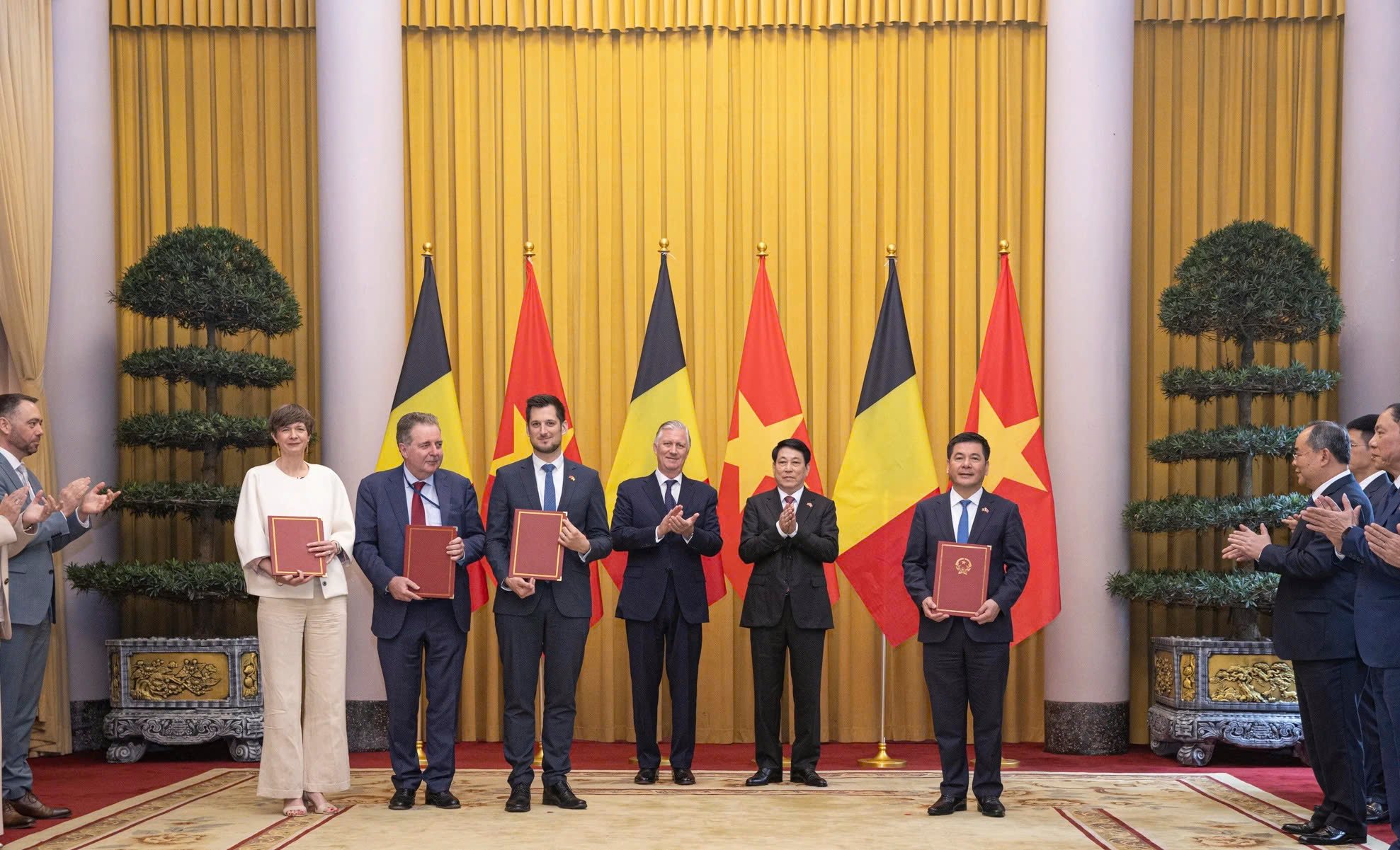











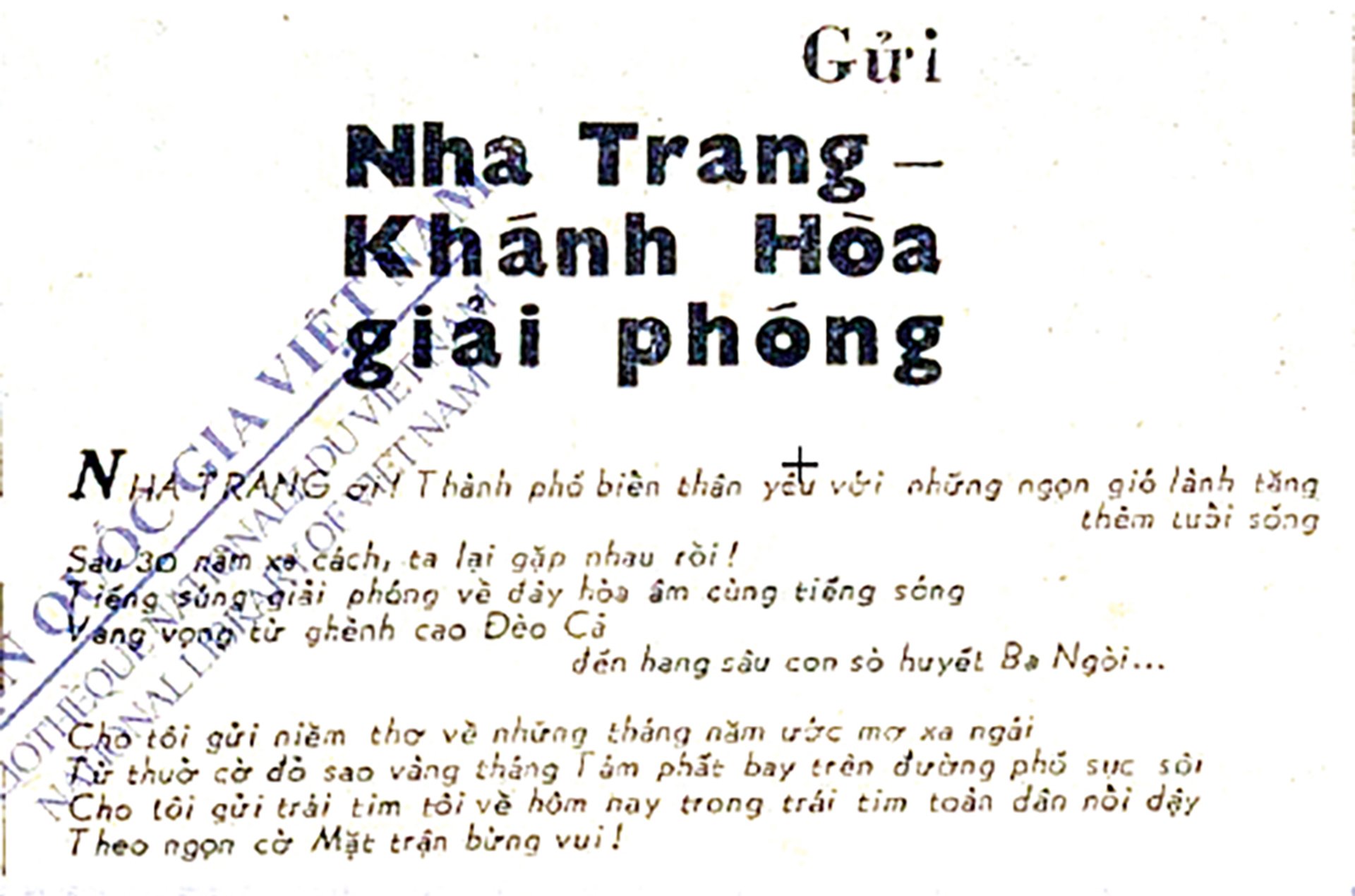









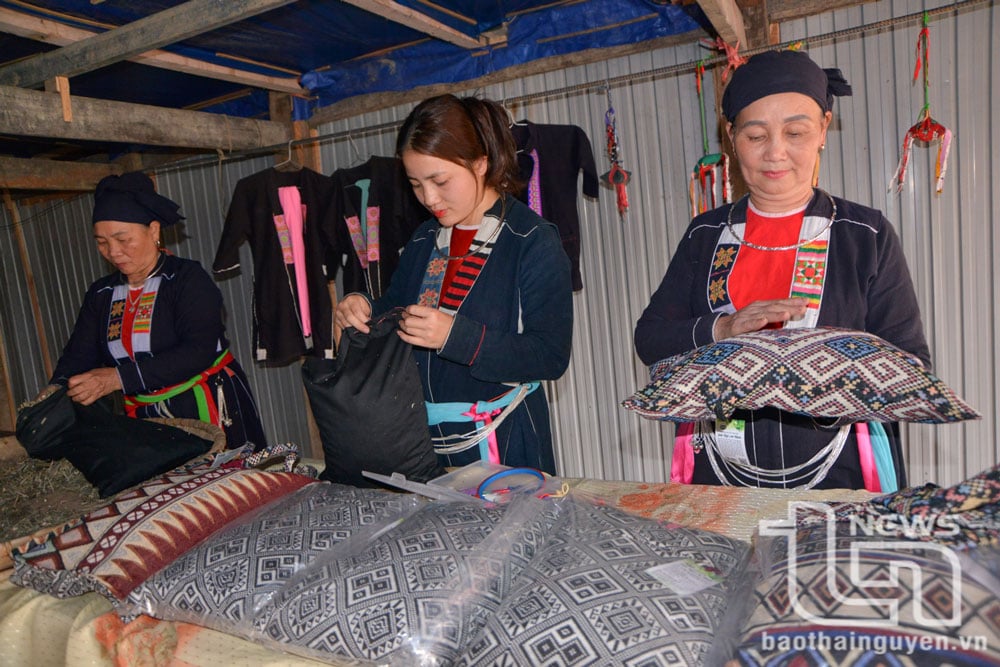



Comment (0)